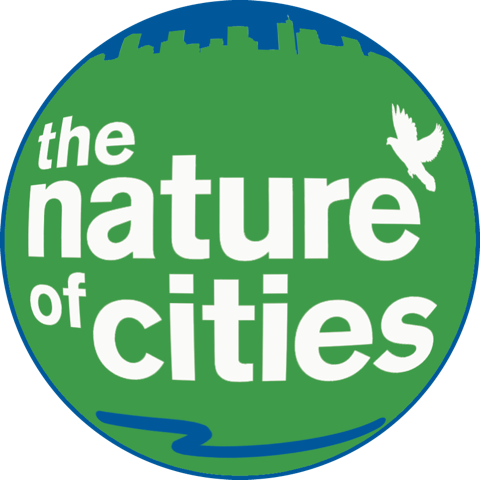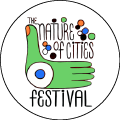12 May 2013
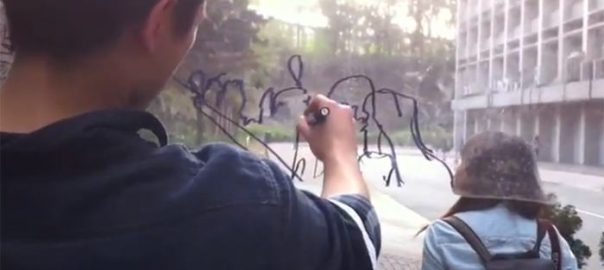
How can we measure the ways in which we perceive, are affected by, act and reflect on the nature of the city? The human body is a sensor-motor apparatus within a mutually moving nature-culture continuum. This sensori-motor apparatus has a vast capability of quickly evaluating vast amounts of information and...
8 May 2013

Resilience is the word of the decade, as sustainability was in previous decades. No doubt, our view of the kind and quality of cities we as societies want to build will continue to evolve and inspire a new descriptive goal. Surely we have not lost our desire for sustainable cities,...
1 May 2013

As a Brooklyn (New York) resident for over 15 years, I’ve never thought much about whether or not I was living on high ground, within a floodplain or an evacuation zone, or how I might secure my windows during a storm. Recent hurricanes in my city have changed my perception...
28 April 2013
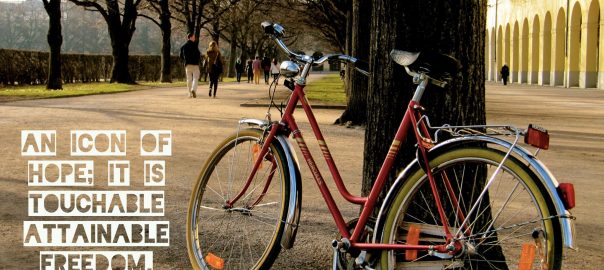
Every time I see an adult on a bicycle I no longer despair for the future of the human race. —H.G. Wells Fast, efficient and individualistic, the bicycle is no ordinary mode of transport. It’s a church, a gym, a community creator, a cash printer, a protest placard, a dopamine generator,...
24 April 2013

I recently gave a talk at the Horticulture Society of New York’s annual Healing Nature Forum: Planting the Seeds of Health and Sustainability. As could be expected, there was a lot of talk about Hurricane Sandy’s aftermath, and the role of greening. This, of course, is of great interest to...
21 April 2013
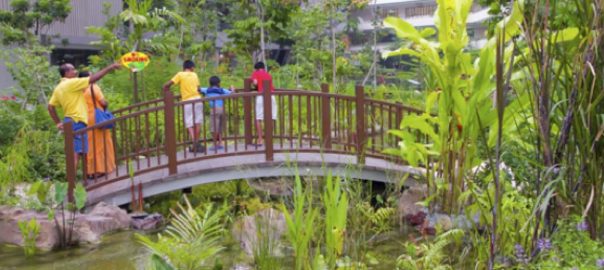
Three books inspire me greatly. They are (a) ‘Biophilia’ by E.O. Wilson, (b) ‘Sustaining Life: How Human Health Depends on Biodiversity’ by Eric Chivian and Aaron Bernstein, and (c) ‘Biophilic Cities’ by Tim Beatley. Written almost thirty years ago, the first postulated that it is imprinted in our DNA that...
17 April 2013
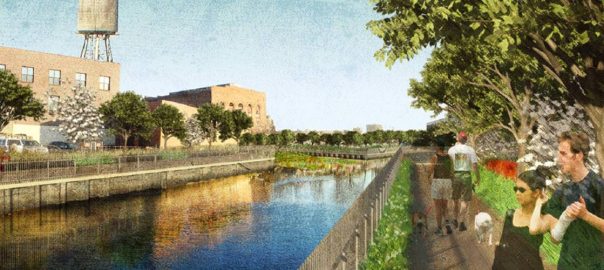
In my work at the New York City Department of Parks and Recreation, and more recently with the Trust for Public Land, I have been fortunate to be involved at the nexus of landscape architecture, civil engineering, urban design, environmental management, park planning, and many related areas. Over the last...
14 April 2013
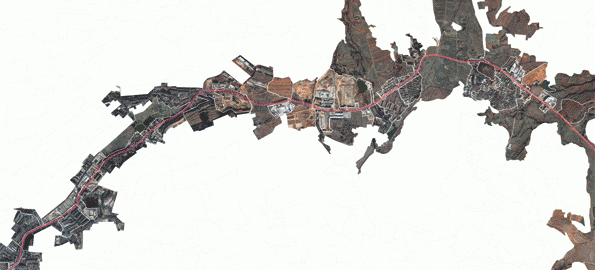
Urban Design practices have always been created in response to emerging and overlapping city models and the disciplinary contexts designers find themselves in. I have found that the urban ecology framework of Patch Dynamics has been key in allowing me to see how city models such as the megalopolis and...
8 April 2013
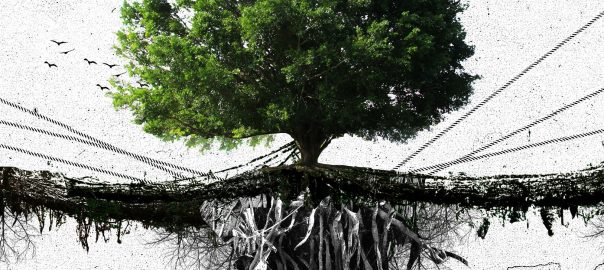
A versão em Português segue imediatamente. Une version en français apparaît immédiatement après la version portugaise. Designing nature is a challenging task in an urban environment. For example, how can a 38 years old individual (myself) safely edit a 3.8 billion years old system (Nature)? It is quite a test...
3 April 2013
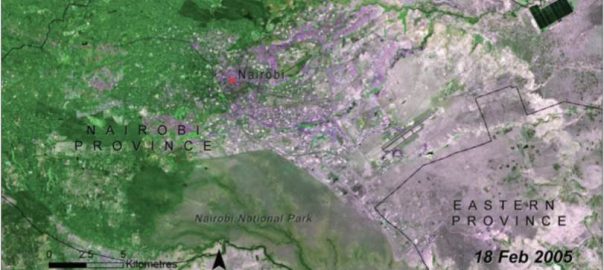
Nairobi is a bustling city of over 3 million people, many of whom are stuck in traffic for hours each day. One effort to mitigate these wasteful jams involves construction of additional motorways. But with little space specifically reserved for these new arteries, their proposed routes involve some delicate tradeoffs....
31 March 2013
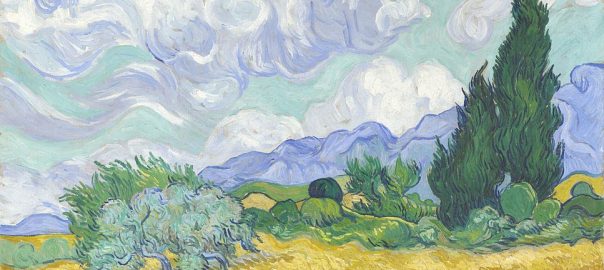
The premises on which we build our cities and construct civilisation, and the extent and means by which we include nature in our cities depends on what values we choose to adopt. Our capacity to engage with the processes of nurturing the nature of our cities depends on how we...
27 March 2013
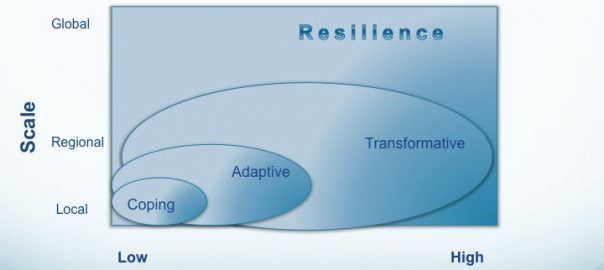
Two of the most debated and challenging concepts in urban development are sustainability and resilience. How are they related? Do they mean approximately the same thing or are they distinctly different and can misunderstandings lead to undesired outcomes? In this essay I will try to clarify the concepts, discuss two...
24 March 2013
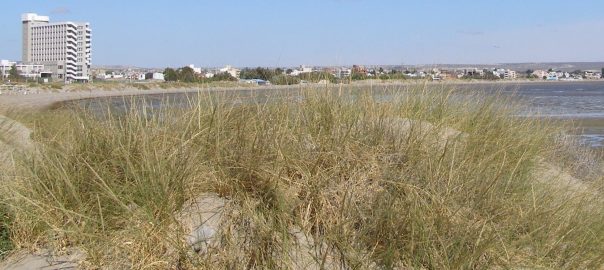
Evidence from many cities around the world shows that urbanization is a widespread process that homogenises biota as ecological communities become more alike one another through the introduction and extinction of species. On account of this process, there is great concern about the conservation of local biodiversity, which may suffer...
20 March 2013
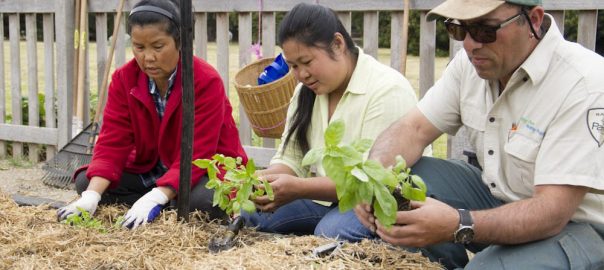
Since writing my last blog in October 2012, I returned to Victoria, Australia, at the conclusion of an exciting two year secondment to the Secretariat of the Convention on Biological Diversity (CBD) in Montreal, Canada. The focus there was on further embedding biological diversity (biodiversity) and human health matters in the...
17 March 2013
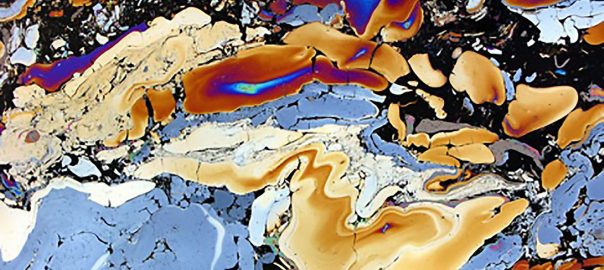
On January 25, 2013, a dolphin swam into Brooklyn, New York’s Gowanus Canal. Poor dolphin! Gowanus canal is a 1.8 mile long Superfund site—a toxic stew of pesticides, heavy metals and PCBs masquerading as “the waters of the United States” (to use the language of the Clean Water Act). A...
13 March 2013
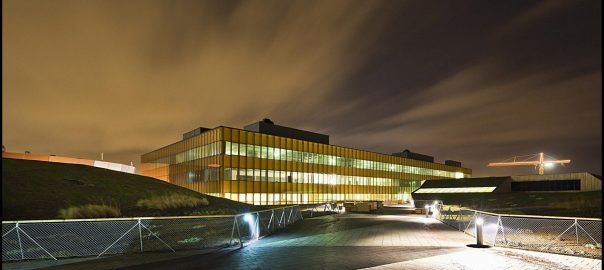
Much of urban history has emphasized density and centrality in city form. Though some environmentalists question the sustainability of such intensive land use, recent studies have shown that urban density correlates positively with resource efficiency and reduced emissions. At the same time, innovations in transport technology have historically allowed cities...
10 March 2013
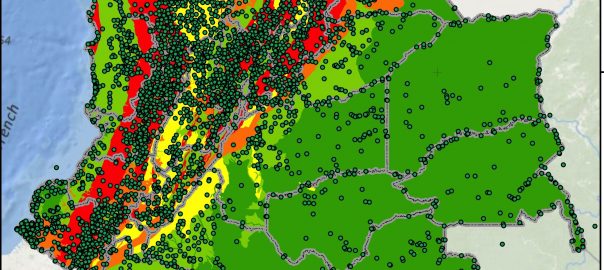
“A sustainable city is one which contributes to sustainable development, and to do this it must have a high level of urbanization. (…) Without urbanization, it’s nearly impossible to have important development and growth in the economy.To have a city that generates wealth, prosperity and jobs for young people, you...
3 March 2013
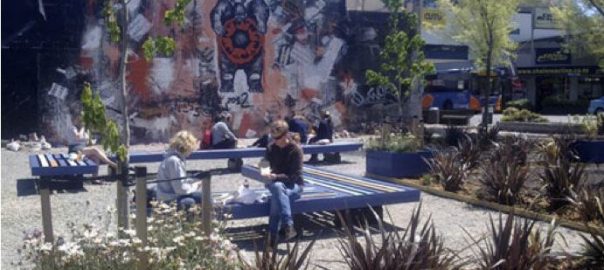
In my last blog I introduced to you the earthquakes that devastated Christchurch city beginning back in September 2010. I had been wondering about what I might share with you in my next blog and when I was driving thru the city the other day and spotted a field of...
27 February 2013
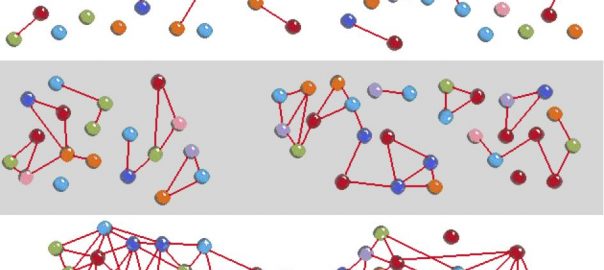
Jane Jacobs titled her sixth book The Nature of Economies (Random House, 2000). In the Foreword she makes explicit her intent: “The theme running through this exposition — indeed, the basic premise on which the book is constructed — is that human beings exist wholly within nature as a legitimate part of...
24 February 2013
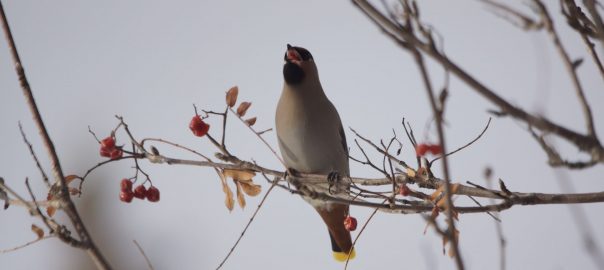
My enchantment began on a Saturday morning, shortly before solstice and not long after I’d moved from Anchorage’s lowlands to the city’s Hillside area. Lolling in bed, I glanced outside. And there, before me, were several black-capped chickadees flitting about a backyard spruce. Wonderful, I thought. Here’s a chance to...


